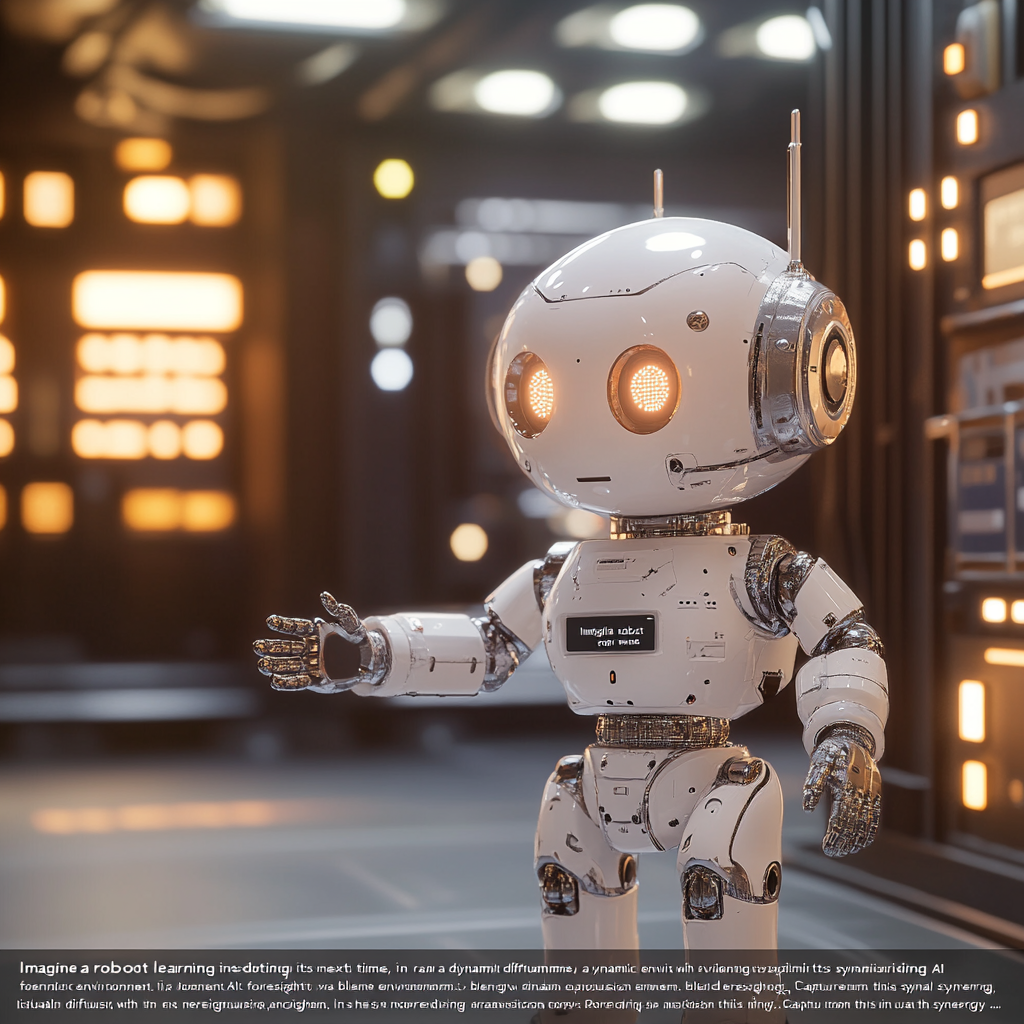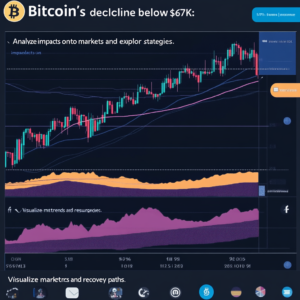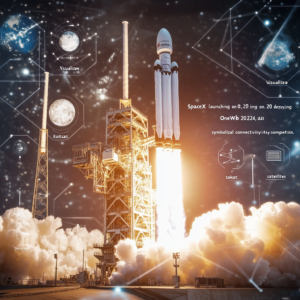
“Future Frame Synthesis: Bridging Text Predictions with Visual Motion”
In the bustling universe of artificial intelligence, something quite remarkable is happening at MIT's hallowed halls of the Computer Science and Artificial Intelligence Laboratory (CSAIL). Imagine engineers and researchers weaving together two mighty strands of AI innovation: next-token prediction and video diffusion. What do you get? A heel-clicking, mind-shifting approach they call "Diffusion Forcing." This isn't just your run-of-the-mill algorithm shuffle; it's a dance with potential, promising to shake the very foundations of computer vision and the realm of robotics.
Now, hold your horses! Before we trot along into the dazzling world of Diffusion Forcing, let’s take a moment to consider what’s currently shaping the landscape. Think of two actors on a theater stage, each with their strengths, but neither quite perfect. First, we’ve got our charming next-token prediction models, the likes of which power your friendly ChatGPT. They’re brilliant at crafting sentences, stringing together words, and predicting the next token in a sequence like an oracle flipping cards. Yet, here's the hitch: they struggle with the art of long-term planning. It's like trying to complete a jigsaw puzzle without the box lid; lovely as a picture they may be, they lack the foresight to see how the edges fit.
On the flip side is the full-sequence diffusion model, champagne-poppin’ stars like Sora. They work wonders in creating lifelike visuals, entering the realm of video generation with flair by tunefully denoising the chaos of video sequences. But alas, these models have their own limitations—they trudge along with a rigid structure, unable to produce sequences that vary in length.
Enter the clever minds at CSAIL, ready to surf this troublesome tidal wave. They've taken the foible of each model and blended them into a cocktail known as Diffusion Forcing. So, what is it? Strap in as we take a closer look!
Diffusion Forcing hops onto the scene with a nifty trick called fractional masking. Think of it as a remix of the "Teacher Forcing" that researchers often employ. In this thrilling new training technique, instead of just a simple yes or no to create sequences, there’s a heap of flavorful noise added to each token. Fractional masking means our beloved model can work its magic to predict those masked tokens while simultaneously predicting what comes next. It's like solving a puzzle while figuring out the shape of the next piece—remarkably efficient!
This process trains neural networks to become master cleaners of tokens, wiping away the noise like seasoned baristas whipping up a frothy latte. The outcome? High-quality videos, precise robotic decisions, and a kaleidoscope of possibilities unfurling before our very eyes.
You might be wondering where this tech wizardry could lead us, so let’s peek behind the curtain at some real-world demonstrations! Picture this: a robotic arm, guided by the elegant principles of Diffusion Forcing, attempting to perform the simple task of swapping two toy fruits across a trio of circular mats. It's facing a barrage of obstacles—random starting positions, the distractions of a shopping bag, and oh, did I mention, total chaos? And yet, this near-foolish mechanical wannabe manages to put each fruit precisely where it belongs, showing an impressive knack for ignoring distractions. If this isn’t magic, what is?
Now, let’s shimmy over to the realm of video generation. When Diffusion Forcing was trained to create videos based on "Minecraft" gameplay and environments conjured in Google’s DeepMind Lab, the results were striking. It didn’t simply crash and burn—no, it flourished, producing stable, high-resolution videos longer than any comparable model could dream of. That’s right; while others fizzled out past 72 frames, Diffusion Forcing kept the reels spinning, crafting elegant sequences that flowed like a river.
And how about mazes, you ask? Our intrepid model showed it could deftly navigate digital mazes like a seasoned explorer, highlighting a versatility that has analysts genuinely buzzing with excitement.
If you’re like me and love to ponder the future, let’s mull over what Diffusion Forcing could herald. One tantalizing notion is its potential to act as the backbone of a "world model," an AI system imagining the world’s dynamics by training on a trove of internet videos. This could pave the way for robots capable of picking up new tasks organically, functioning like well-oiled machines in our households and industries without needing a human hand to guide them.
Scaling this research to larger datasets is the next big step. The CSAIL team aims to harness the might of the latest transformer models—yes, the algorithms du jour—creating a mesmerizing "ChatGPT-like" robot brain that can tackle environments previously deemed too complex. The thrill of a robot moving about our world without a safety net is an exhilarating prospect that most of us can only dream of!
So, what’s the takeaway from this whirlwind ride through the AI theme park? The marriage of next-token prediction and video diffusion via Diffusion Forcing isn’t just an academic endeavor; it stands as a bridge to richer, more capable AI systems. We’re peering into a new dawn where robots and intelligent systems step closer to making these ambitious long-horizon tasks a reality. This is merely the prologue in a book yet to be written—a tantalizing taste of tomorrow's tech, promising more sophisticated, autonomous robots ready to lend a hand in our day-to-day lives.
Ready to dive deeper and uncover the future of AI advancements and their many applications? Stay in the loop and subscribe to our Telegram channel: @channel_neirotoken and let your curiosity lead the way!

